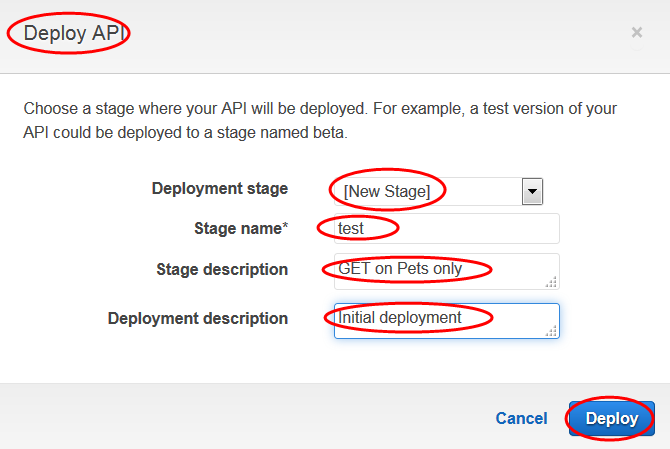The most basic formatting type is s which stands for string.
Ruby string format named parameters.
The template contains references in the format of x unnamed or name x named.
Alternatively you can use the ljust and rjust methods from the string class to do the same.
8 minutes to read 13.
Because of aliasing issues users of strings should be aware of the methods that modify the contents of a string object.
It finds that this is a variable so it returns the value of the variable which is the string ada.
Binary string 1101 binary string rjust 8 0 00001101 if you want to pad to the right you can use ljust.
Examples of this are the keyword arguments for float round kernel clone string lines introduced in ruby 2 4.
One strategy i ve been observing on ruby built in methods is that new versions tend to add new optional arguments as keyword arguments.
The xconsists of the formatting type optionally preceded by other formatting options see next section.
So it embeds it into the surrounding string hello name by replacing name.
In the meantime people are using hashes as a way of achieving the same effect.
Binary string 1111 binary string ljust 8 0 11110000 compare strings ignoring case.
Either go with named or unnamed.
A string object holds and manipulates an arbitrary sequence of bytes typically representing characters string objects may be created using string new or as literals.
You cannot mix between the two referencing styles.
You can also use this ruby string format trick to create aligned columns of text.
Replace the 0 with a dash to get this effect.
For example we might consider adding a more powerful named search facility to our songlist.
C 4 introduces named and optional arguments.
Ruby 1 6 does not have keyword arguments although they are scheduled to be implemented in ruby 1 8.
Named and optional arguments c programming guide 07 20 2015.
Typically methods with names ending in modify their receiver while those without a return.
Format number is d 12 puts format use two formatting codes.
In other words when ruby finds name in this string then it will evaluate the piece of ruby code name.
One way to pad a string is to use the rjust method with two arguments.
Ruby program that formats string use digit format.
Named arguments enable you to specify an argument for a particular parameter by associating the argument with the parameter s name rather than with the parameter s position in the parameter list optional arguments enable you to omit arguments for.

